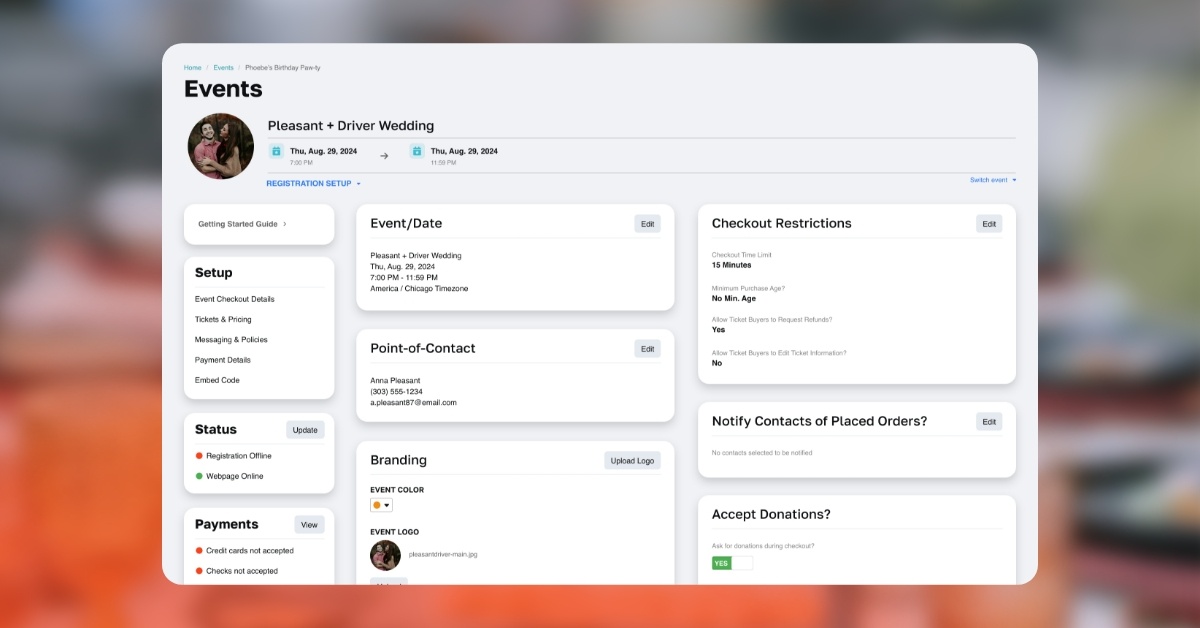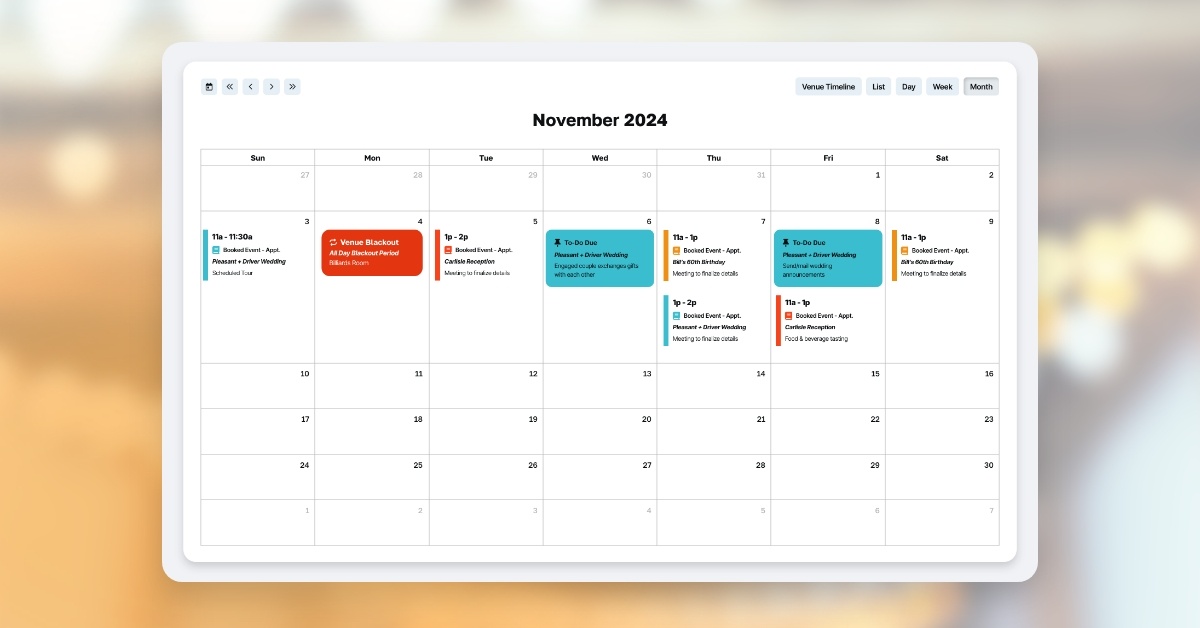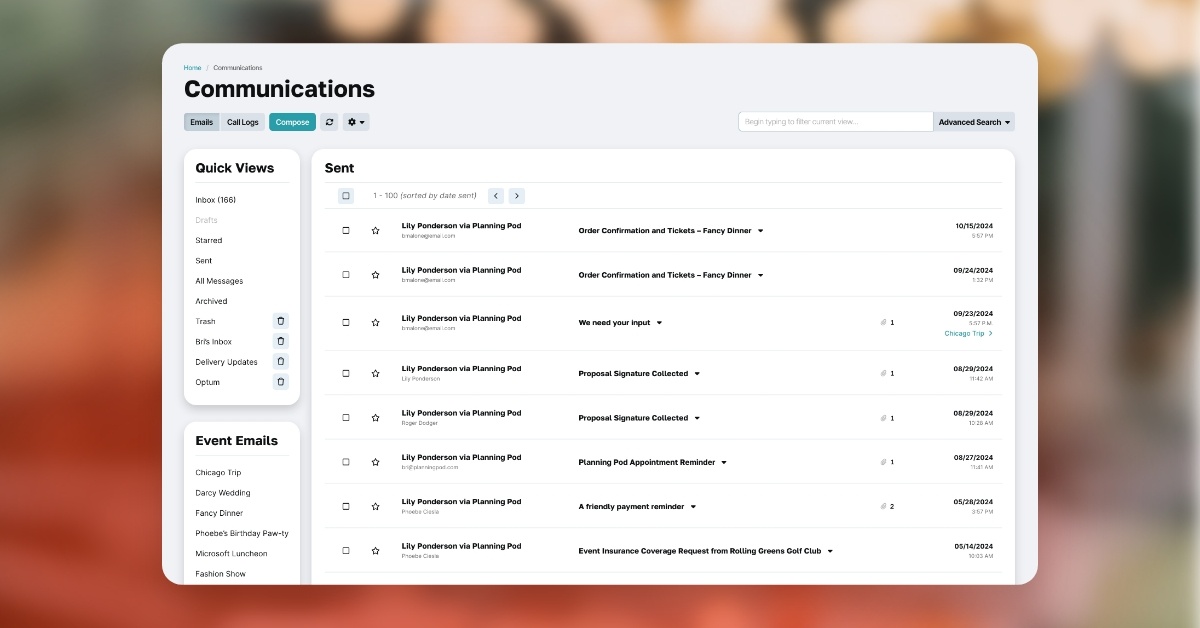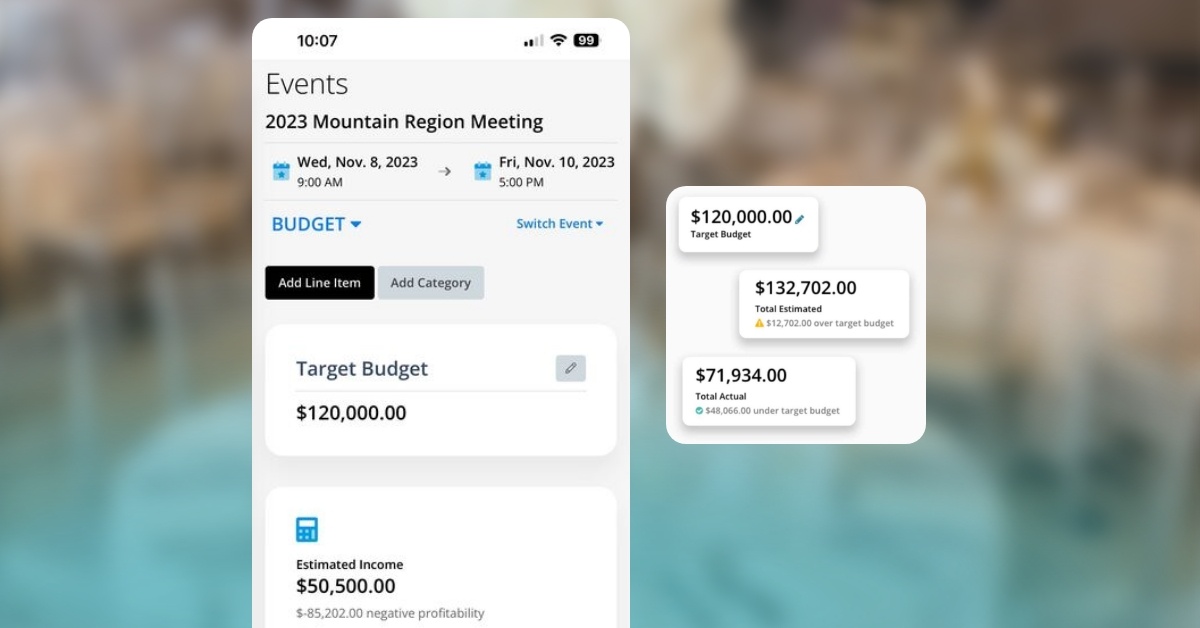-
-
Key features
-
© 2025 Copyright Planning Pod. All Rights Reserved.




See why over 70,000 event and hospitality professionals use our tools to plan virtual events

"Planning Pod has everything we need … it has completely streamlined our process of gathering registrations, booking events, and invoicing customers."
- Lisa Hardwick, Deed Foundation
Discover how event planners and business professionals use our tools to plan successful virtual events

With our virtual events software, you have all the tools you need to offer a seamless registration process for attendees. Like professional event webpages with social media integrations. Event registration forms for free or paid ticketing or to collect RSVPs. Attendee CRM tools and reporting. And data sharing with other video and virtual event platforms via Zapier.


Most virtual events have hundreds of details to coordinate amongst your team members, and our tools keep everyone on the same page. Build itemized event timelines with assignments and session tracks. Share calendars with staff and schedule internal appointments. Build task list templates, then assign tasks and send reminders. Create detailed event budgets with line items, categories, payments, and due dates/amounts. And track everything with at-a-glance dashboards.
You don’t have to live with event details scattered across multiple apps, devices and emails! With our platform, you can track all event email communications in one place with your existing email addresses. Store and share files and digital assets (including those on Google Drive, Dropbox and Microsoft OneDrive). Track details on shared worksheets and use virtual vision boards to visually brainstorm.


If generating revenue is part of your virtual event strategy, our platform helps you maximize profits. Track leads and generate colorful proposals on the fly. Collect e-signatures for event contracts. Send out detailed event invoices. And accept online payments for invoices and event registrations with our integrated credit card payment processing.
© 2025 Copyright Planning Pod. All Rights Reserved.